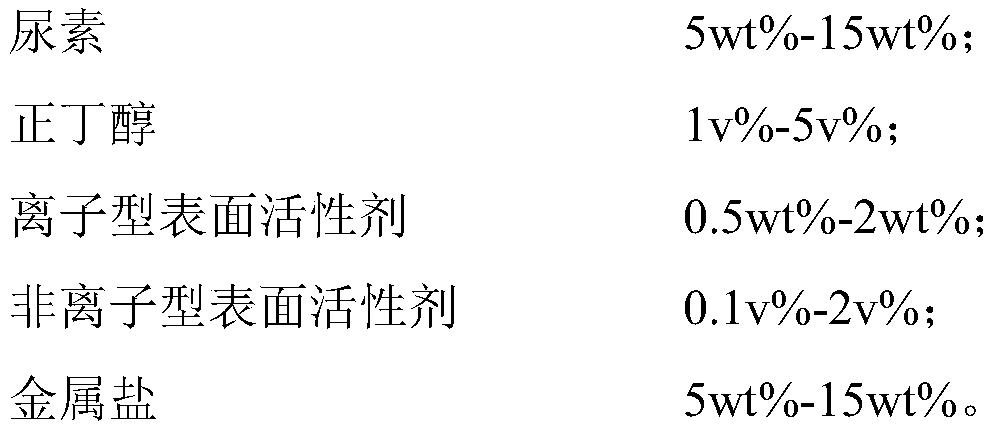Hepatitis C virus antigen-antibody joint detection method and kit
A hepatitis C virus, antigen antibody technology, applied in the field of immune detection, can solve the problems of detection sensitivity reduction, achieve the effects of improving detection sensitivity, reducing interference of low-affinity antibodies, and low detection cost
- Summary
- Abstract
- Description
- Claims
- Application Information
AI Technical Summary
Problems solved by technology
Method used
Image
Examples
Embodiment 1
[0108] Example 1: Preparation of receptor-HCV antibody 1 (for the N-terminal epitope of HCV core antigen)
[0109] 1) Antibody treatment: HCV antibody 1 was dialyzed, replaced with coating buffer, and the protein concentration was measured.
[0110] 2) Receptor treatment: replace the receptor with coating buffer through centrifugation, ultrasound and other processes;
[0111] 3) Coupling: The treated receptor and the treated HCV antibody 1 are mixed and reacted, and after reduction and blocking processes, the receptor-HCV antibody 1 is obtained, and the volume is fixed and stored in a preservation solution.
Embodiment 2
[0112] Example 2: Preparation of biotin-HCV antibody 2 (for the C-terminal epitope of HCV core antigen)
[0113]1) Antibody treatment: HCV antibody 2 was dialyzed, replaced with labeling buffer, and the protein concentration was determined.
[0114] 2) Labeling reaction: the treated HCV antibody 2 is mixed with activated biotin for labeling.
[0115] 3) Dialysis: Dialyze the labeled biotin-HCV antibody 2 to remove unlabeled free biotin.
[0116] 4) Preservation: The protein concentration of the dialyzed biotin-HCV antibody 2 was measured, and stored after adding glycerol.
Embodiment 3
[0117] Example 3: Preparation of receptor-HCV antigen 1
[0118] 1) Antigen treatment: HCV antigen 1 was dialyzed, replaced with coating buffer, and the protein concentration was measured.
[0119] 2) Receptor treatment: replace the receptor with coating buffer through centrifugation, ultrasound and other processes;
[0120] 3) Coupling: The processed receptor and the processed HCV antigen 1 are mixed and reacted, and after reduction and blocking processes, the receptor-HCV antigen 1 is obtained, and the volume is fixed and stored in a preservation solution.
PUM
 Login to View More
Login to View More Abstract
Description
Claims
Application Information
 Login to View More
Login to View More - R&D
- Intellectual Property
- Life Sciences
- Materials
- Tech Scout
- Unparalleled Data Quality
- Higher Quality Content
- 60% Fewer Hallucinations
Browse by: Latest US Patents, China's latest patents, Technical Efficacy Thesaurus, Application Domain, Technology Topic, Popular Technical Reports.
© 2025 PatSnap. All rights reserved.Legal|Privacy policy|Modern Slavery Act Transparency Statement|Sitemap|About US| Contact US: help@patsnap.com



